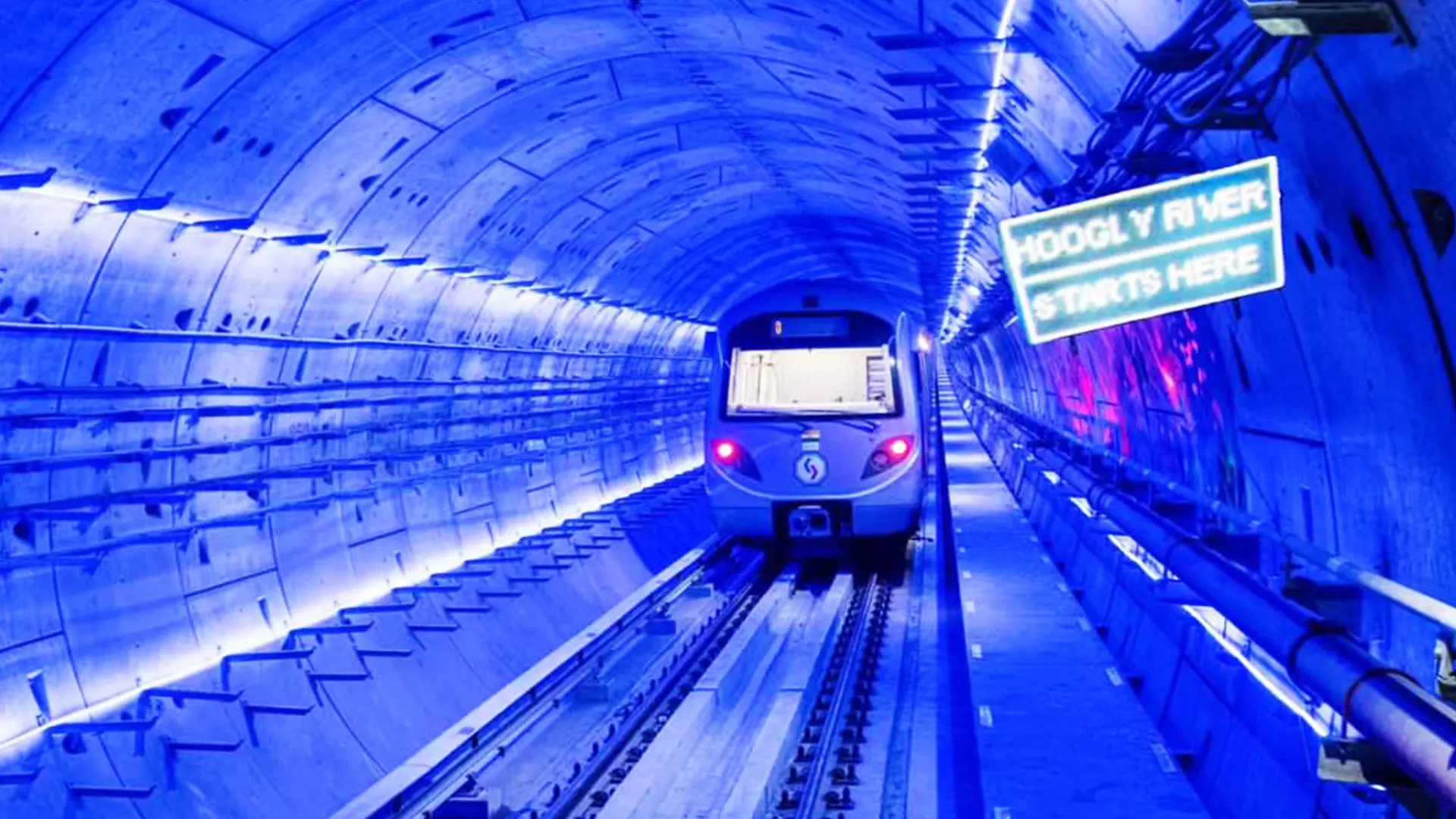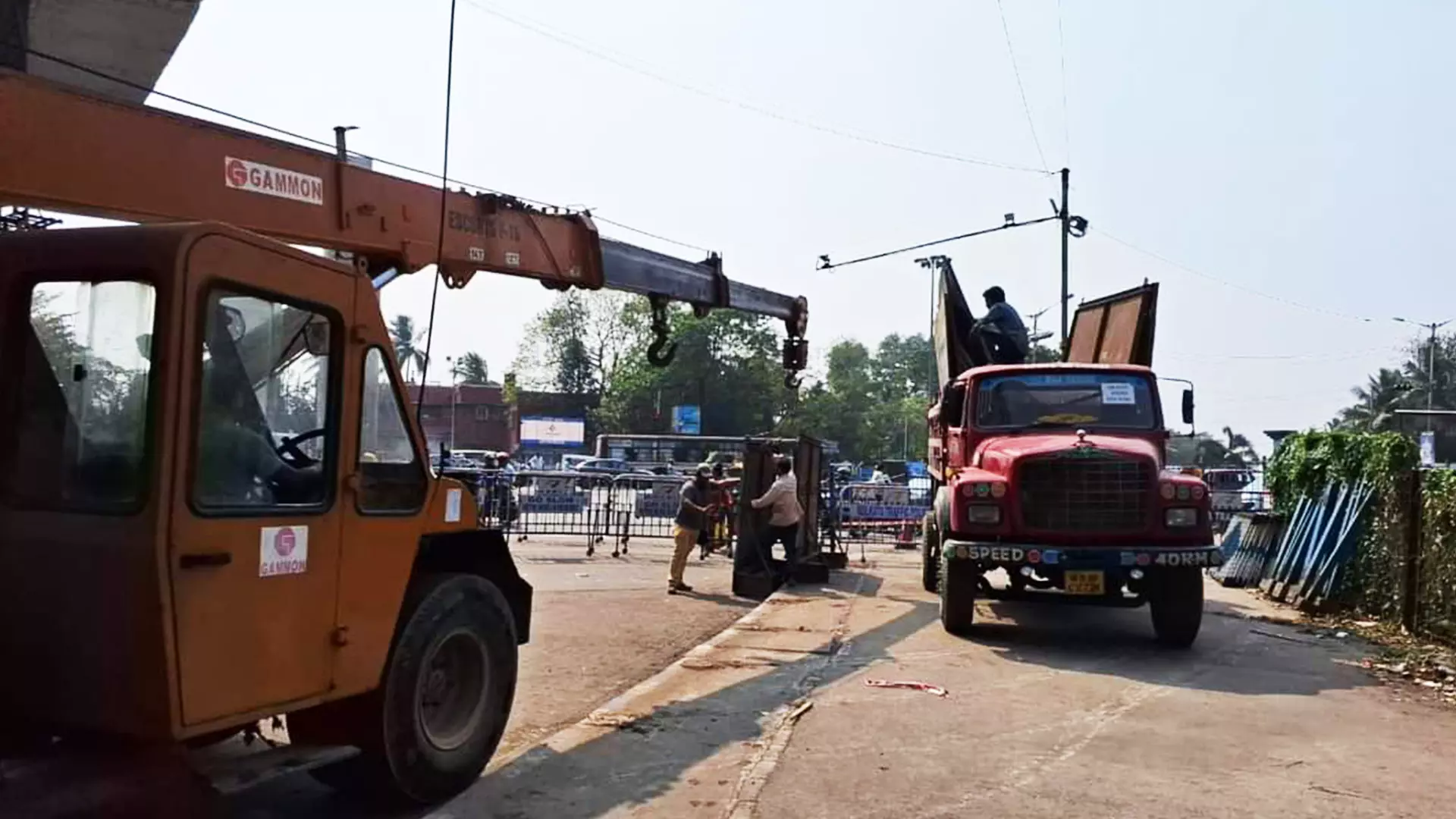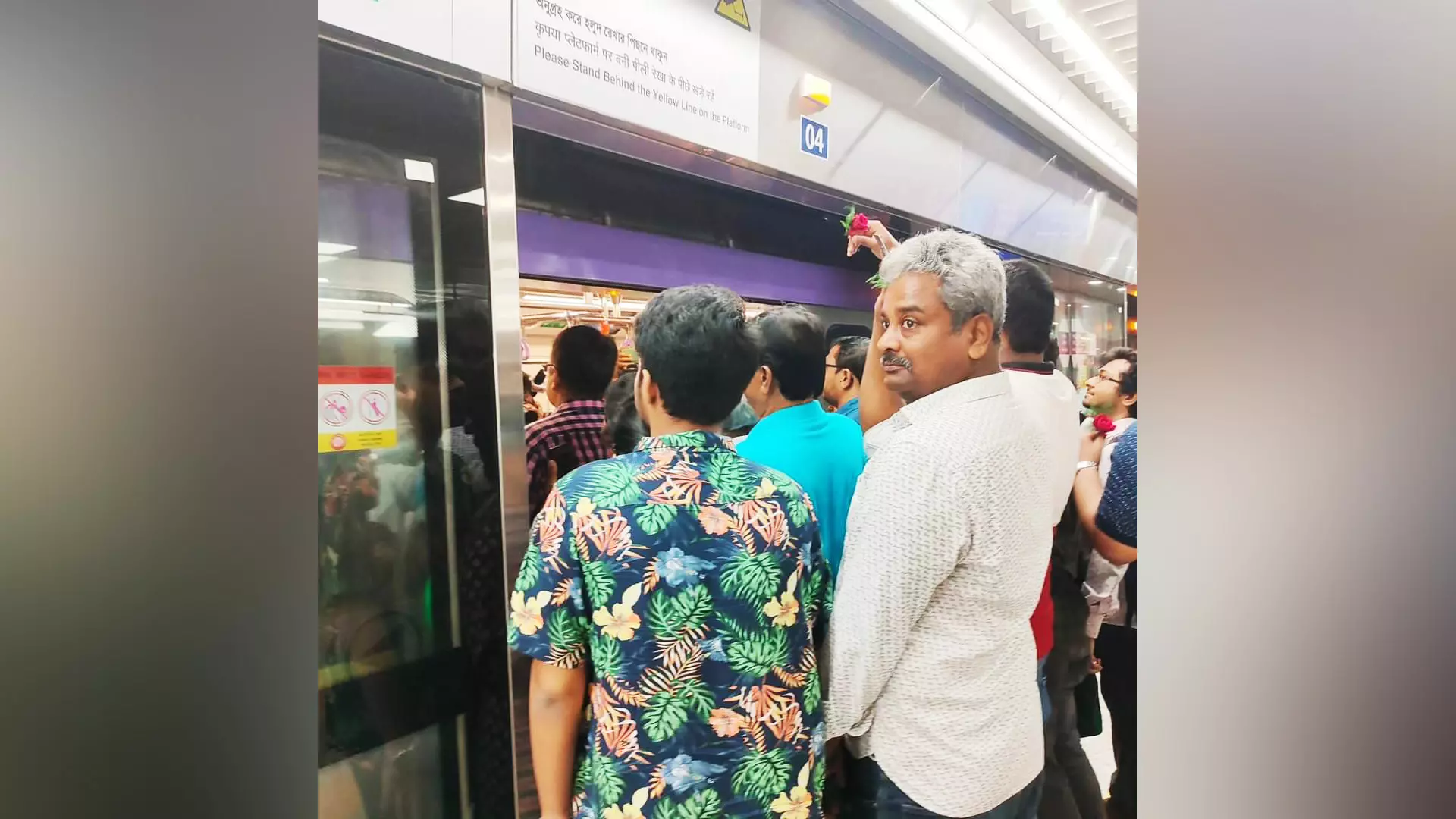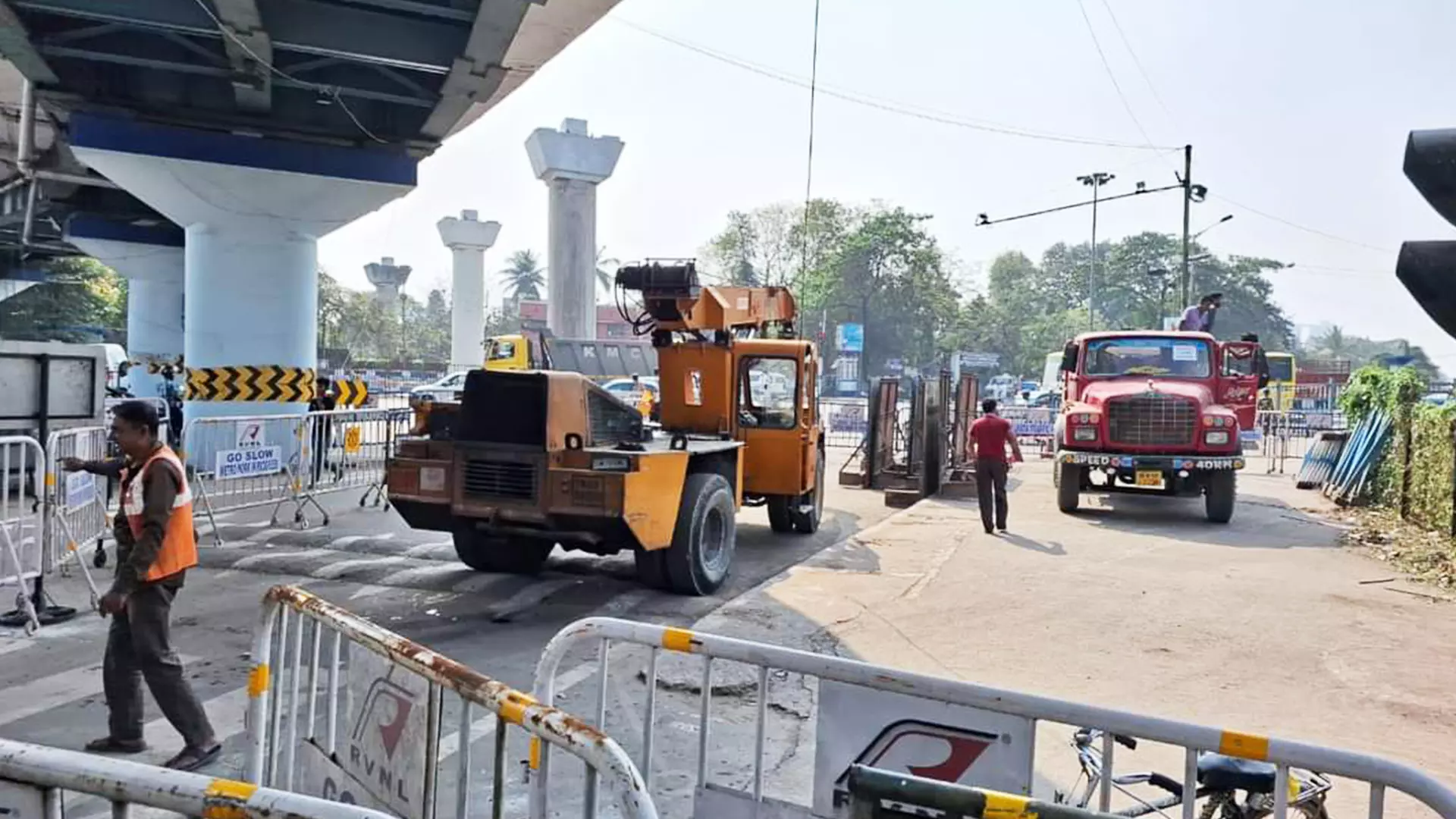
- Home
- India
- World
- Premium
- THE FEDERAL SPECIAL
- Analysis
- States
- Perspective
- Videos
- Sports
- Education
- Entertainment
- Elections
- Features
- Health
- Business
- Series
- In memoriam: Sheikh Mujibur Rahman
- Bishnoi's Men
- NEET TANGLE
- Economy Series
- Earth Day
- Kashmir’s Frozen Turbulence
- India@75
- The legend of Ramjanmabhoomi
- Liberalisation@30
- How to tame a dragon
- Celebrating biodiversity
- Farm Matters
- 50 days of solitude
- Bringing Migrants Home
- Budget 2020
- Jharkhand Votes
- The Federal Investigates
- The Federal Impact
- Vanishing Sand
- Gandhi @ 150
- Andhra Today
- Field report
- Operation Gulmarg
- Pandemic @1 Mn in India
- The Federal Year-End
- The Zero Year
- Science
- Brand studio
- Newsletter
- Elections 2024
- Events
- Home
- IndiaIndia
- World
- Analysis
- StatesStates
- PerspectivePerspective
- VideosVideos
- Sports
- Education
- Entertainment
- ElectionsElections
- Features
- Health
- BusinessBusiness
- Premium
- Loading...
Premium - Events

Just this month Prime Minister Narendra Modi unveiled India’s first underwater metro line in Kolkata from the Esplanade- Howrah Maidan under the East-West Metro.The PM experienced India's first underwater metro ride, accompanied by school students, underwater metro from Esplanade to Howrah leg of the East-West Metro. But barely a fortnight after the launch, reports of defacement of...
Just this month Prime Minister Narendra Modi unveiled India’s first underwater metro line in Kolkata from the Esplanade- Howrah Maidan under the East-West Metro.
The PM experienced India's first underwater metro ride, accompanied by school students, underwater metro from Esplanade to Howrah leg of the East-West Metro. But barely a fortnight after the launch, reports of defacement of East-West Metro stations with betel leaves and gutkha stains dampened the joy over the launch.

Glitches and glories, however, run along Kolkata metro’s chequered history spanning over a century. So much so that all top political leaders steered clear of its inaugural run of just 3.9 kilometres from Esplanade to Bhowanipore on October 28, 1984.
Yes, the day the country’s first mass rapid transit system chugged out in the city of joy, neither then Prime Minister Indira Gandhi, nor Union Railway minister ABA Ghani Khan Choudhury nor West Bengal Chief Minister Jyoti Basu was present to witness the historic moment.

The birth pangs were so excruciating that metro authorities were not certain about its success and hence leaders gave it a miss to avoid any embarrassment in case of a miscarriage.
The apprehension almost became a reality just a day before the inauguration of the Esplanade and Bhowanipore section of the route. A municipal water pipe line near the Bhowanipore station leaked and flooded the metro tunnel, raising doubt about the success of the project.
Just a month into the operation, it sparked a safety scare when a metro train suddenly screeched to an unscheduled halt inside a dark tunnel between two railway stations.
“There was panic and chaos inside the train because we were unfamiliar with the very idea of a metro train halting inside a dark tunnel. Many of us started saying prayers thinking we will suffocate to death. But nothing of that sort happened and the train again started moving after around 20 minutes. Only now do we know that such an unscheduled halt is not uncommon,” recalled Sudipto Sengupta from Kalighat, who was on the train.
Forty years have passed since then during which one more first was added to its crown, and yet the Kolkata Metro continues to stutter on its growth path.
Water seepages, subsidence, tussles between government authorities and problems of land acquisition have been a constant hurdle in the city’s metro expansion plan, making it perhaps the world’s slowest project.

The latest obstacle in the city’s metro network augmentation came from the defence ministry. The ministry has refused to give nod to the Metro Railway’s plan to build the proposed Esplanade station of the Joka-Esplanade route (Purple line) at the BC Roy Market, which came up on the defence’s land.
The 16-km route was conceived in 2010 and the work started in 2011. But since its inception, it faced several logjams due to constant faceoff between the railway and the defence ministries. Since a section of the proposed route will pass through the Maidan area owned by the Indian Army, the permission of the defence ministry is mandatory for the construction work.
The defence ministry was initially against laying of the tract through Maidan, prompting Prime Minister Narendra Modi to intervene to resolve the stalemate in 2015. But by then the railway was pussyfooting due to cost escalation. Meanwhile, though the army allowed laying of the underground tracks in Maidan, it raised objections to construction of entry and exit points for the underground Victoria Memorial and Park Street stations.
It took the state governments to hold several meetings with concerned authorities to get the project going. It resumed in 2019 with Railways allocating Rs 2,825 crore for the underground section of the route.
Just as when the project was nearing completion of its last leg, it again ran into rough weather.
“The defence ministry has denied us permission to build the Esplanade station of the route by shifting the BC Roy Market. The army is refusing the permission since the market is unauthorised,” said Metro Railway general manager P Uday Kumar Reddy.
The defence ministry is particularly objecting to the Metro Railway’s plan to rehabilitate the traders of the market to an upcoming complex above the Esplanade station of the East-West Metro (Green Line).
The Esplanade is supposed to be the connecting links of the three metro routes — Joka-Esplanade, East-West (Salt Lake Sector V to Howrah) and North-South (Blue Line) that connects Dakshineswar and New Garia.
The metro authorities further say that the construction work for the remaining stretch of the East-West corridor between Esplanade and Sealdah too has also slowed down due to water seepage. The water seepage already led to three incidents of subsidence in the stretch between 2019 and 2022, delaying the process of linking the two busiest railway stations—Howrah and Sealdah — through metro connectivity.
The route is now operational in two truncated sections — Esplanade to Howrah Maidan and Sector V to Sealdah. The country’s first underwater metro stretch falls in this route. It became commercially operational from March 15 this year.
Incidentally, the city’s East-West metro corridor, including a stretch under river Hooghly was first conceived by the British administration in 1921. That was the beginning of Kolkata's metro dream.
A Bengal-born British engineer Sir Harley Dalrymple-Hay was roped in to prepare the roadmap for the metro connectivity connecting the twin cities of Kolkata and Howrah bifurcated by the river. But Harley’s proposal was shot down because it was found to be too expensive.

He, however, did lay the city’s first underwater tunnel in 1931. It was not to run the train, but to transmit power cables. The tunnel is still in existence.
The city had to wait for over 100 years to cross the river through a metro link.
The staggered history of the North-South route, the oldest Metro network in the country, best underscores the hitches the metro projects faced.
The foundation stone for laying the tracks of the route was laid in 1972, but the construction started only in 1978. The full stretch of the route as per the initial plan was from Tollygunge to Girish Park. The 11km-stretch became fully operational only in February 1995. The current Dakshineswar to New Garia connection became a reality only in February 2021.
“The construction of Kolkata metro is completely indigenous affairs. Moreover, it’s also the country’s first such project. Hence, it was more of a trial-and-error process unlike the Delhi Metro,” said a railway official.

